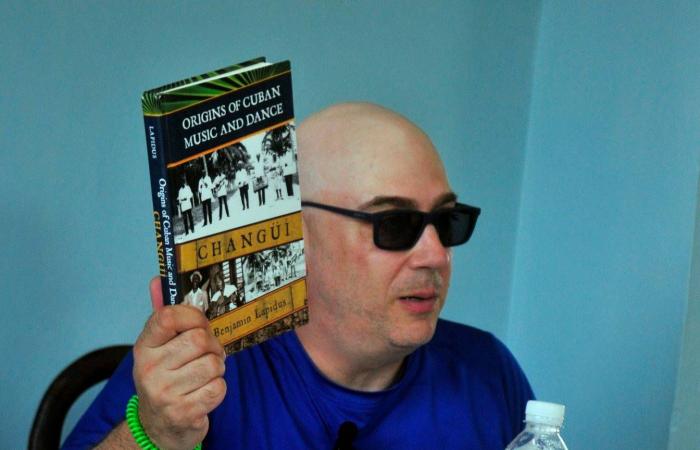The Rafael Inciarte colloquium Seeds, parallels and projectionstakes place in Guantánamo as one of the main theoretical spaces of the XI NATIONAL CHANGÜÍ FESTIVAL ELIO REVÉ MATOS 2024. The Cuban and foreign participants present various investigations about the positions of changüí at the crossroads of cultural colonization.
Attracted by the traditional Guantanamo rhythm, the musicians and researchers and other interested parties come from Havana and the United States, fundamentally, those who reflect on the permanence of the dance music genre and the work of the Changüiseras cultists and peñas, as this tradition is recognized as intangible heritage of the Cuban nation. All invited to the celebrations through the Rafael Inciarte Musical Information Center, of the Luis (Lilí) Martínez Griñán Provincial Music Center.
Of great interest is the presentation Changüí 3.24: A look at the past, present and future of changüí during three centuries (or more) of its existence, by doctor of sciences Benjamín Lapidus, musicologist, City University of New York (CUNY).
In the Antonia Luisa Caba room, in the town of Guaso, La Guantanameria: Gene and sympathy, This was the inaugural lecture of the Colloquium, and was given by MSc. Yurién Heredia Figueras, musicologist at the Center for Research and Development of Cuban Music.
The relevance of these reflections for the implementation of cultural policies favourable to the heritage of peoples, as in the case of changüí in the face of the crossroads of cultural colonization, and the alternatives of the music of the South in the face of new technologies and the music industry, were underlined in the opening by MSc. José Cuenca Sosa, general coordinator of the Festival and president of the Colloquium.
The program also includes the presentations The future begins today. Project for children’s changüí dance classes (Hugo Pérez Pichardo), Changüí 3.24: A look at the past, present and future of changüí during three centuries (or more) of its existence (Dr. Benjamín Lapidus, musicologist, City University of New York. (CUNY), and Aspects of the life and work of a manigua tresero (Dr. Adela Gómez Blanco and Eng. Roberto Warner Norman, El Patio de Adela project).
In the section dedicated to Traditions in projection, a sample of audiovisual materials is planned (Leonardo Milano and Janluca Tramontana), followed by the presentations Teaching the caverchelo for new generations of musicians (Msc. María Monier Ribeaux, professor at the José María Ochoa Conservatory of Music, Holguín), and From singing to dancing (MSc. Ena Márquez Silveira, director of the Guantánamo School of Art Instructors).
Also included are The invisible key of changüí (Lic. Jorge Zamora Pellicier, Association of Pedagogues of Cuba, Guantánamo Branch), and The sucu suco in person (Mongo Rives Group and his Creole Septet, Isle of Youth).
Among other guests at the Changüiseros Festival is Yaima Blanco, who shared on her Facebook profile moments before her departure for Villa del Guaso.







